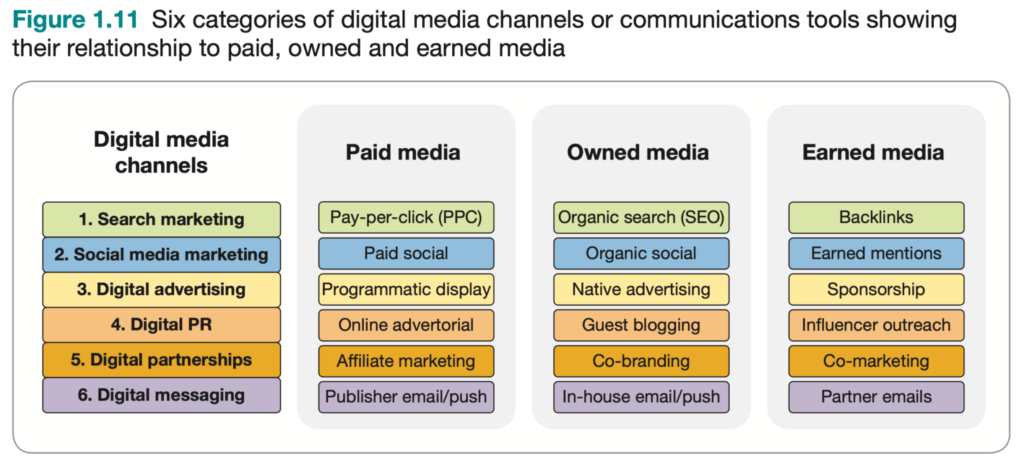
7 Super Steps for Building a Better Channel Activation Plan
Back in the day, DC Comics created a couple of super heroes called the Wonder Twins, a brother and sister pair that could only access their superpowers by fist-bumping and saying, “Wonder Twin powers, activate!” Once their powers were activated, there was no limit to what the twins could accomplish. In much the same way (minus the purple jumpsuits), activation marketing uses the power of customer data in combination with personalized content to create engaging customer experiences across all channels and touchpoints.
What Does It Mean to Activate?
The origin of the word “activation,” as it pertains to marketing, is found in those efforts that increase the “activities” of prospects and customers as they embark on a journey with your brand. Customers who actively engage with your brand help boost engagement, revenues, and retention. According to Forbes Councils Member, Josh Francia, “Active customers can drive significant growth for companies, and the more active customers a company has, the more growth it will likely attain.”
In short, one of your top priorities as a marketer should be to get customers and prospects to pursue more positive and rewarding interactions with your brand. Naturally, the easiest way to do this is to provide them with content that is personally relevant to them. It is also vital that you provide all that relevant content on the channels that your customers prefer. In today’s blog, we’ll cover the steps you need to take to develop an effective channel activation plan.
Step 1: Begin By Reviewing and Prepping Your Data
Before you choose the right channels for your brand to use to reach potential customers, you must first take a hard look at your data. As we noted earlier, a pillar of marketing activation is high quality data. In order for data to be considered high quality, it must be kept perpetually clean, complete, current and enriched. Your data also needs to be connected to the other data sources in your marketing department, as well as to sources in other departments that regularly use customer data, such as sales and customer service. If you aren’t sure where to begin with your data, check out our recent blog, 5 Steps to a Winning Data Strategy, where we walk you through all the steps you need to take in order to position your data for peak performance.
Step 2: Identify Your Target Audience and Create Segments
Once your data is in tip-top shape, you are ready to use a tool, such as a marketing ops dashboard, to analyze the data you have on customers and prospects according to a variety of variables i.e. demographics, geography, industry, size, titles, etc. As you analyze your customer data, you should begin to see some patterns and commonalities that your most active customers have. Knowing the characteristics of your target audience is critical to your ability to segment your marketing lists. Segmenting your campaign lists into groups that share similar interests, backgrounds, needs, budgets, etc. is the easiest way to send relevant messages to the right targets. This is important because 56 percent of customers and prospects who unsubscribe from an organization’s communications do so because the content is not relevant to them.
Step 3: Identify the Channels Your Target Audience Uses
When it comes to choosing new channels, first look at your data and see what channels your customers prefer to use to communicate with your brand. Next, research which channels are a draw for your prospective target audience and make plans to be there. Always look at the demographics and firmographics of a channel’s typical users and make sure they line up with the segments you have created based on your target audience. Your number one reason for adding a channel to your mix is to reach your customers where they are with campaigns and content that are relevant to them.
Step 4: Always Ask Customers for Permission to Contact Them on a New Channel
Your creative team may have developed the most amazing campaign in the history of your marketing department, but if you don’t have permission to send it to the people on your list, and you ignore that fact and do it anyway, you won’t like the results you get. Annoying customers by contacting them on their mobile phone with a glossy MMS message when they noted in their preferences that they prefer you email or mail them is never a good idea. It can drive your bounce rates, get your company listed as a spammer, or worse—lead to a customer cutting off all communication with you. Whatever channel you add, make sure you have a strategy in place to obtain permission and then honor the boundaries your customers and prospects set.
Step 5: Match Channels to Pertinent Points in the Customer Journey
Companies that use multiple channels to engage customers see a 9.5% year-over-year increase in annual revenue and a 7.5% year-over-year decrease in cost per contact. Review your current customer journey and select areas where adding a new channel presents an opportunity to enhance your customers’ journeys, whether that means using SMS to provide instant communication gratification, chat bots to suggest additional content that’s relevant to what they are interacting with, or Instagram Reels so they can browse user-generated content, like customer testimonials on products and services of interest.
Although it is by no means exhaustive, Smart Insights developed a chart of digital media channels to help marketers consider the possibilities (see below).

Step 6: Prioritize the Channels You Want to Add
Make a list of the channels that you want to add and then formulate a plan to incorporate them — one at a time (more on this in Step 7). Write down what you need to have in place to add each channel. Be sure to account for and include:
- All additional martech tools and staff required to operate each channel
- Any training or cross-training necessary
- Integrations you need to have in place
- The projected budget you have to spend on each channel
Step 7: Test New Channels on Small Segments
Adding a new channel to your marketing mix is exciting in that it has the potential to drive engagement with current customers, revive dormant accounts, and introduce your products and/or services to new markets. Always give your marketing ops team plenty of time to become comfortable with running campaigns on a channel before using that channel with your entire segmented list. A good rule of thumb is to only add one channel at a time and run a few small test campaigns first to make sure there are no problems waiting in the wings to thwart your success. Once everyone is confident that they can run integrated campaigns that leverage the old channels and the new ones—without issues, then you are ready to begin experimenting with the next channel on your wish list.
